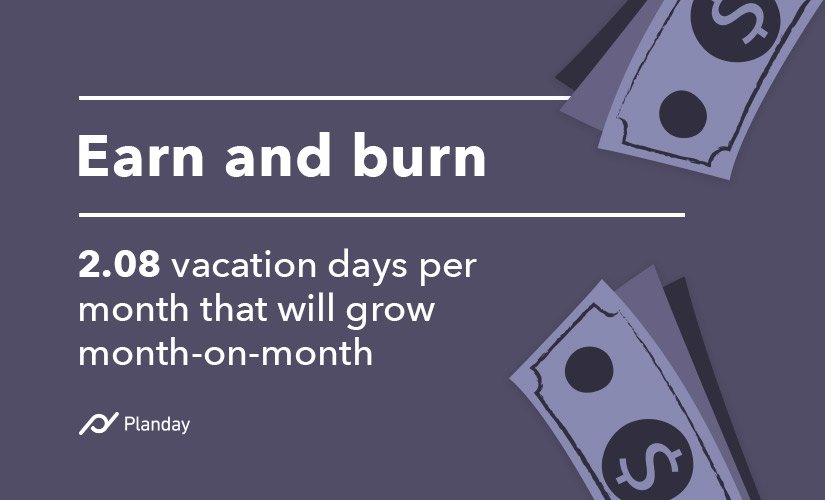
Article
5 min read
The New Danish Holiday Act
Nikki Thorpe
Jun 9, 2021
Chapters
The New Danish Holiday Act
As the new Danish Holiday Act comes into force, there are some big changes for businesses and workers. Whether you’ve got your summer plans sorted, you’re looking to maximise days off for events like school holidays or you need to make sure there’s enough people at work to keep things going, Planday has you covered.
If you work in Denmark, the way you earn holidays is changing.
What’s changing?
From September 2020, the new Danish law means people who work in Denmark will earn “concurrent holiday” — that is, people can take a holiday the month after they earn the leave. Rather than getting a bank of vacation days at the beginning of a year, people will earn them — and can use them — as they go.

This brings vacation law in Denmark into line with many other European countries and aims to simplify the way people earn holidays. It is also designed to be fairer, ending the need for some people to work for up to 16 months before they can actually take the leave they’ve earned. Instead, you will get 2.08 days per month which — for example — you can earn in September and take in October.
Interim period
There was an interim period to help people and businesses adjust. During this time, Planday built a feature which lets administrators and managers get the faster data they need to make smarter decisions while making sure their employees can plan their holidays in advance.

The interim — or transition — period started on 1 September 2019 and will run until 31 August 2020, meaning holiday pay earnings in that time are saved into your holiday account — or Lønmodtagernes Feriemidler — and paid out when you retire or leave Denmark. It also means no changes are needed from employees or employers, so you’re free to check your vacation balance and book away!
This also means nothing needed to change in the way you use Planday to either schedule your staff or plan your shifts.
What about this summer?
If you’re chasing the sun this summer, very little will change in terms of your holiday balance — except you will have a little more incentive to stay longer at your sommerhus.
On 1 May 2020 you should have received 16.64 vacation days — these are the ones you’ve earned between 1 January and 31 August 2019 — and while you can carry over some of these days to the new system (after September), it’s expected most people will use their vacation days between May and August 2020.

This is where Planday is prepared. The May to August period will require a change in a user’s settings in Planday to reflect the number of vacation days they have available. So if — for example — you have an employee with 25 vacation days per year, the settings will need to be changed to 16.64 to reflect the transition period.
If you’re a manager planning the transition for your staff, you can do this in your settings today. Of course, you can always contact Planday’s team to help you or visit the help centre to follow the steps on how to do this yourself.
What to remember come September
Earn and burn! You will get 2.08 vacation days per month and the balance will continue to grow month-on-month. Did you know that in 2017, 18 per cent of all vacations taken by Danish people were to Spain? So whether it’s a long-weekend in away or four days with friends at home in Denmark, you can use your leave the month after you have earned it.

And all the while Planday’s system will be there — up-to-date with the changing laws — and keeping you in control of vacation days, whether you’re a staff member planning a quick getaway or a manager balancing the vacation days of your staff.
Today — like every day — Planday is working harder so you don’t have to.
Fast facts
| How many vacation days do you get in Denmark? | 25 a year |
| What is the holiday allowance in Denmark? | 12.5% |
| How is the holiday pay calculated in Denmark? | Your employer calculates your holiday pay. If you have worked for a year, you have earned holiday pay for five weeks. |
| What happens to the holiday pay earned in the transition to the new Danish holiday law? | Holiday pay for the transition period will become savings in your holiday fund — or Lønmodtagernes Feriemidler. You can access these upon retirement or when you leave Denmark. |
Disclaimer
Changes to local employment laws can be complicated and vary across countries and markets. While Planday is helping you prepare for the new laws, we strongly advise you seek your own independent advice — as well as official Government websites — before making any changes to your business or your holiday planning. The Planday Blog sought some of the above information from borger.dk.
